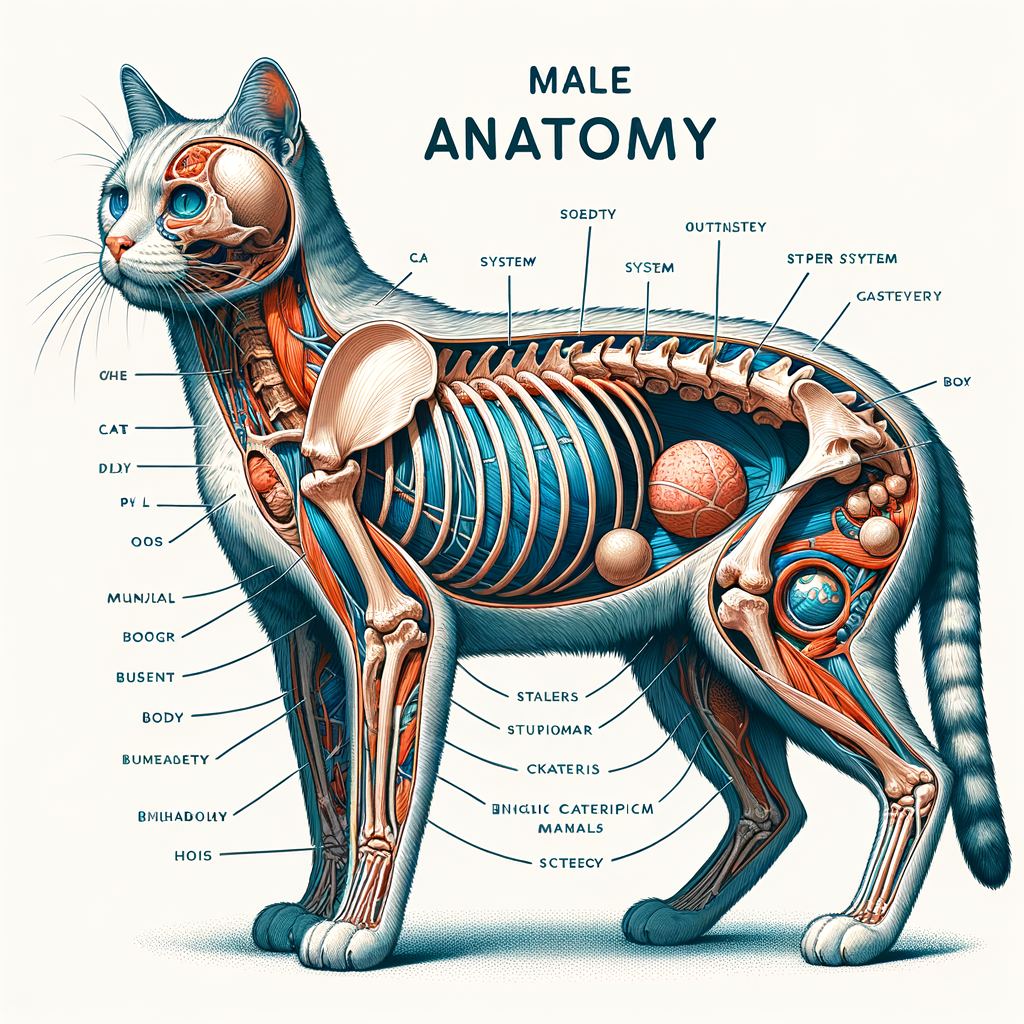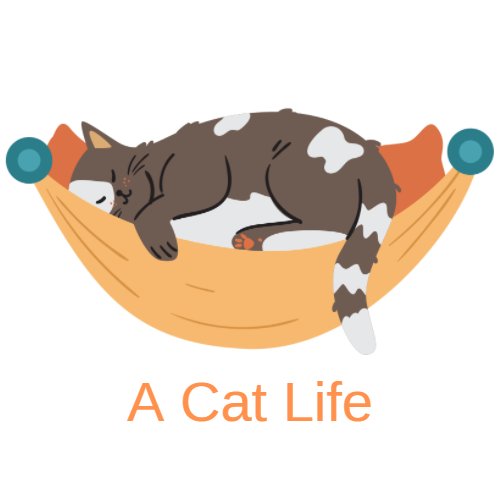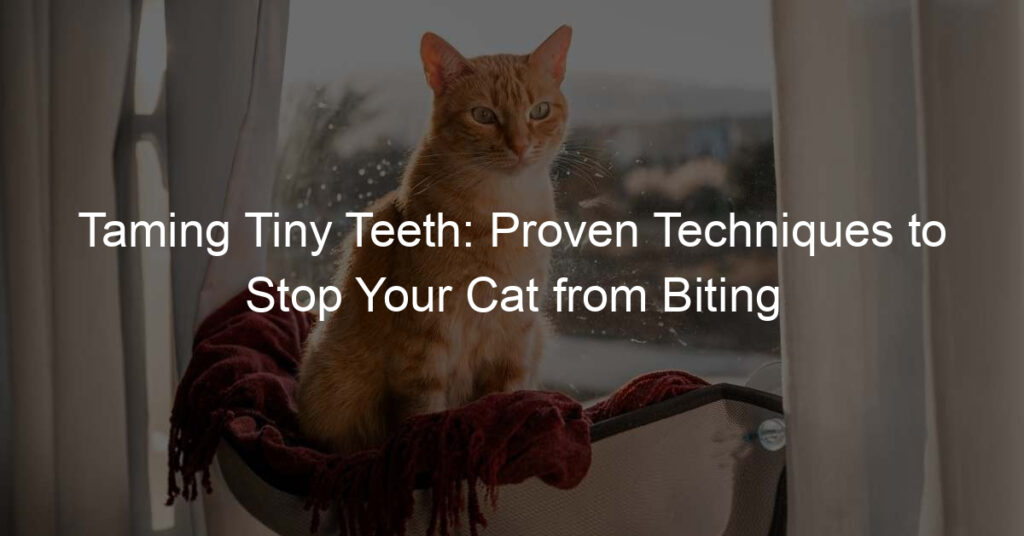
Introduction to Male Cat Anatomy
Understanding the anatomy of a male cat can be fascinating and beneficial, especially for cat owners and enthusiasts. This knowledge can help you better care for your feline friend, understand their behaviors, and even identify potential health issues early. In this section, we will discuss the importance of studying cat anatomy and provide an overview of male cat physical characteristics.
- Understanding the Importance of Studying Cat Anatomy
- Overview of Male Cat Physical Characteristics
Studying cat anatomy is not just for veterinarians. It’s important for any cat owner to have a basic understanding of their pet’s body. This knowledge can help you recognize when something might be wrong with your cat and seek veterinary help promptly. For instance, understanding the digestive system can help you notice changes in your cat’s eating habits or stool, which could indicate a health problem. Similarly, knowing about the respiratory system can help you detect signs of breathing difficulties.
Male cats, also known as toms, have unique physical characteristics that set them apart from female cats. They are generally larger and have a more muscular build. Their faces are broader and their jowls more pronounced. These physical traits become more noticeable after the cat reaches sexual maturity, which is typically around six months of age. Male cats also have certain anatomical features related to reproduction, like the presence of testes.
By understanding the anatomy of a male cat, you can ensure your pet’s well-being and provide him with the best care possible. In the following sections, we will delve deeper into the fascinating world of feline anatomy.
A Comprehensive Cat Anatomy Guide
Understanding the anatomy of a cat is crucial for every cat owner. It helps you to better understand your feline friend and provides insights into their health and behavior. In this guide, we will explore the external features of a cat’s anatomy, focusing on their body structure and unique physical characteristics.
Understanding Cat Anatomy: External Features
Let’s start by exploring the external features of a cat’s anatomy. Cats are known for their agility and grace, which is largely due to their unique body structure.
- Exploring the Cat Body Structure: Head to Tail
- Unique Physical Characteristics of Male Cats
From head to tail, a cat’s body is a marvel of nature. The head houses the brain, eyes, ears, and mouth. The body, or torso, contains the heart, lungs, and digestive system. The tail, while often overlooked, plays a crucial role in balance and communication. Cats also have a flexible spine and strong, muscular legs that allow them to jump and climb with ease.
Male cats, also known as toms, have some unique physical characteristics. They are generally larger and heavier than female cats, with a more muscular build. Male cats also have broader heads and larger paws. Additionally, mature male cats have a distinct ‘jowly’ appearance due to the development of fatty tissue in the cheeks.
Understanding your cat’s external anatomy can help you better care for them and appreciate their unique abilities. In the next section, we will delve deeper into the internal features of a cat’s anatomy.
Understanding Cat Anatomy: Internal Features
When we talk about cat anatomy, it’s not just about their soft fur or sharp claws. Cats have a complex internal structure that allows them to be agile, flexible, and efficient hunters. Let’s dive in and explore more about their internal features.
- Unveiling the Cat Internal Anatomy: From Organs to Systems
- Understanding the Cat Skeletal System
Cats, like humans, have several essential organs that keep them alive and well. These include the heart, lungs, liver, kidneys, and stomach. Each organ has a specific function. For instance, the heart pumps blood around the body, while the lungs help cats breathe by taking in oxygen and removing carbon dioxide.
The organs in a cat’s body work together in systems. The digestive system, for example, includes the mouth, stomach, and intestines. It helps cats break down food and absorb nutrients. The respiratory system, which includes the nose, throat, and lungs, helps cats breathe.
| Organ System | Main Organs | Function |
|---|---|---|
| Digestive System | Mouth, Stomach, Intestines | Break down food and absorb nutrients |
| Respiratory System | Nose, Throat, Lungs | Help cats breathe |
The skeletal system of a cat is a marvel of nature. It consists of over 200 bones that provide structure and support to the body. The cat’s spine is especially flexible, allowing for the agile movements cats are known for.
Each bone in a cat’s body plays a vital role. The skull protects the brain, while the rib cage safeguards the heart and lungs. The long bones in the legs support the cat’s weight and allow them to jump and run with ease.
Understanding the skeletal system of a cat can help us appreciate their agility and grace. It’s another testament to the intricate design of nature.
In conclusion, the internal anatomy of a cat is a complex and efficient system that enables them to lead their unique lives. By understanding their anatomy, we can better care for our feline friends and appreciate their extraordinary capabilities.
Feline Anatomy: A Closer Look
Understanding the anatomy of our feline friends is key to ensuring their health and well-being. In this section, we will delve deeper into the anatomy of male cats, specifically focusing on their reproductive system.
Anatomy of Male Cats: Reproductive System
The reproductive system of male cats is responsible for producing and delivering sperm. It consists of two main parts: the testes, which produce sperm, and the penis, which delivers the sperm during mating. Understanding this system is crucial for cat owners, as it can have significant implications on a cat’s health and behavior.
- Importance of Neutering in Male Cats
- Health Implications of the Male Cat Reproductive System
Neutering, or castration, is a surgical procedure that removes the testes from a male cat. This procedure has several benefits. Firstly, it prevents unwanted pregnancies in female cats. Secondly, it can help reduce aggressive behavior and territorial marking in male cats. According to the American Veterinary Medical Association, neutered cats are also less likely to roam, reducing the risk of them getting lost or injured.
While the reproductive system is essential for a cat’s survival, it can also be a source of health problems. For instance, unneutered male cats are at a higher risk of developing testicular cancer and prostate problems. Additionally, they are more likely to contract sexually transmitted diseases. Regular check-ups with a vet can help detect and treat these issues early.
In conclusion, understanding the anatomy of a male cat’s reproductive system is crucial for ensuring their health and well-being. Whether you’re a cat owner or simply a cat lover, gaining this knowledge can help you better care for these wonderful creatures.
Anatomy of Male Cats: Digestive System
When it comes to the anatomy of male cats, the digestive system plays a vital role. It’s responsible for breaking down food into nutrients, which the body uses for energy, growth, and cell repair. In this section, we will delve into understanding the dietary needs of male cats and common digestive issues they may encounter.
- Understanding the Cat’s Dietary Needs
Cats are obligate carnivores, which means they require a diet primarily made up of meat. They need high amounts of protein, along with certain fats, carbohydrates, vitamins, and minerals. A balanced diet is crucial for their overall health and well-being.
| Nutrient | Importance |
|---|---|
| Protein | Essential for growth, maintenance, and repair of body tissues. |
| Fats | Provide energy and help absorb vitamins. |
| Carbohydrates | Although not a necessity, they can provide additional energy. |
| Vitamins and Minerals | Required for various body functions and maintaining overall health. |
- Common Digestive Issues in Male Cats
Just like humans, cats can also suffer from various digestive issues. Some of the most common ones include hairballs, constipation, and inflammatory bowel disease. Let’s take a closer look at each of these:
- Hairballs: Cats groom themselves by licking their fur, which can lead to the ingestion of hair. This hair can form a ball in the stomach, causing discomfort and sometimes vomiting.
- Constipation: This can occur due to a lack of fiber in the diet or dehydration. It’s important to ensure your cat has access to fresh water at all times.
- Inflammatory Bowel Disease (IBD): This is a condition where the cat’s gastrointestinal tract becomes chronically inflamed. It can cause vomiting, diarrhea, and weight loss.
Understanding the anatomy of a male cat’s digestive system and its needs can help you provide the best care for your feline friend. Remember, a healthy diet and regular vet check-ups are key to preventing digestive issues.
Male Cat Health: Understanding Through Anatomy
Understanding the anatomy of your male cat is crucial to recognizing potential health issues and ensuring his well-being. Let’s delve into some common health problems that male cats often face.
Common Health Issues in Male Cats
Male cats, like all pets, can experience a variety of health issues. However, some conditions are more prevalent in male cats due to their unique anatomy and physiology. Here are two common health issues that you should be aware of:
- Urinary Tract Issues
- Obesity and Related Complications
Urinary tract issues are a common health problem in male cats. The feline urinary tract can become blocked due to the formation of crystals or stones in the urine. This condition is more common in male cats because their urethra is narrower, making it easier for blockages to occur. Symptoms include frequent urination, blood in the urine, and discomfort while urinating. If left untreated, this can lead to serious complications, including kidney failure.
Obesity is another common issue in male cats. Overweight cats are at a higher risk of developing various health problems, including diabetes, arthritis, and liver disease. Obesity in cats can be caused by overfeeding, lack of exercise, or underlying health conditions. It’s important to maintain a healthy diet and regular exercise routine for your cat to prevent obesity and its associated complications.
Understanding these common health issues can help you monitor your male cat’s health more effectively. Regular veterinary check-ups are crucial for early detection and treatment of these conditions. Remember, a healthy cat is a happy cat!
Preventive Care for Male Cats
Preventive care is a crucial aspect of maintaining your male cat’s health. It involves regular vet check-ups and vaccinations, which play a significant role in your cat’s overall well-being. Let’s delve into these two components of preventive care.
- Importance of Regular Vet Check-ups
Regular vet check-ups are essential for early detection of potential health issues. These visits allow the vet to monitor your cat’s weight, check for any signs of illness, and provide necessary treatments or vaccinations. An annual check-up is usually sufficient for most cats, but older cats or those with health issues may require more frequent visits.
During a check-up, the vet will typically examine your cat’s body, including the skin, coat, eyes, ears, teeth, and gums. They will also listen to your cat’s heart and lungs, and may perform blood tests or other diagnostic procedures if necessary. Regular vet visits can help prevent serious health problems and ensure your cat lives a long, healthy life.
- Vaccinations and Their Role in Male Cat Health
Vaccinations are another critical component of preventive care for male cats. They protect your cat from various diseases, including rabies, feline leukemia, and feline immunodeficiency virus (FIV).
When your cat is vaccinated, their immune system is exposed to a small, safe amount of the disease-causing organism. This exposure helps the immune system recognize and fight off the disease if your cat is ever exposed to it in the future. Vaccinations are a simple and effective way to keep your cat healthy and prevent serious illnesses.
Remember, preventive care is not just about treating illnesses – it’s about preventing them. Regular vet check-ups and vaccinations are two of the most effective ways to keep your male cat healthy and happy.
Cat Anatomy and Physiology: The Connection
The anatomy and physiology of a cat are intricately linked, influencing everything from their behavior to their health. In this section, we’ll delve into how the physical structure of a cat impacts their behavior.
How Anatomy Influences Cat Behavior
Cat behavior is deeply rooted in their anatomy. Their physical characteristics have evolved over time to support their survival and lifestyle. Let’s explore this connection further.
- Understanding Cat Body Language
- How Anatomy Affects Hunting and Play Behavior
Cats communicate a lot through their body language, and their anatomy plays a significant role in this. For example, the position of a cat’s tail can indicate their mood. A high, straight tail often signifies happiness, while a low or tucked tail can indicate fear or submission. Similarly, the way a cat moves its ears can signal alertness, curiosity, or aggression. This is possible due to the flexible muscles and joints in their tail and ears.
Cats are natural hunters, and their anatomy is perfectly suited for this. Their sharp retractable claws allow them to catch and hold onto prey, while their powerful hind legs enable them to pounce with precision. Even their play behavior mimics hunting tactics, as they stalk, chase, and pounce on toys. This is an instinctive behavior that is deeply rooted in their anatomy.
Understanding the connection between a cat’s anatomy and behavior can help us better understand and care for our feline friends. It can also enhance our ability to interpret their body language and respond to their needs appropriately.
The Impact of Physiology on Cat Health
Understanding the physiology of your cat is crucial to maintaining its health. Two key factors that significantly impact cat health are genetics and the influence of diet and exercise on cat physiology. Let’s delve deeper into these aspects.
- Understanding the Role of Genetics in Cat Health
- The Influence of Diet and Exercise on Cat Physiology
Just like in humans, a cat’s genetic makeup plays a significant role in its overall health. Certain breeds of cats are more prone to specific health conditions due to their genetic predisposition. For instance, Persian cats often have kidney problems, while Maine Coons are known to have heart issues.
Understanding your cat’s genetics can help you anticipate potential health problems and take preventive measures. Regular vet check-ups and genetic testing can provide valuable insights into your cat’s health.
Diet and exercise significantly impact a cat’s physiology and overall health. A balanced diet ensures your cat gets the necessary nutrients for growth and maintenance. Overfeeding or underfeeding can lead to health issues like obesity or malnutrition.
Exercise is equally important. Regular physical activity helps maintain a healthy weight, strengthens the immune system, and promotes good mental health. Interactive toys, climbing trees, and laser pointers can keep your cat active and engaged.
| Key Factors | Impact on Cat Health |
|---|---|
| Genetics | Can predispose cats to certain health conditions. |
| Diet | Ensures necessary nutrients for growth and maintenance. Can lead to health issues if not balanced. |
| Exercise | Helps maintain a healthy weight, strengthens the immune system, and promotes good mental health. |
In conclusion, understanding your cat’s physiology and the factors that influence it can help you take better care of your feline friend. Regular vet visits, a balanced diet, and regular exercise are key to maintaining your cat’s health.
Conclusion: Cat Anatomy Explained
As we draw this comprehensive guide to a close, it’s essential to recap the key points we’ve learned about male cat anatomy and understand why this knowledge is crucial to promoting cat health.
- Recap of Key Points in Understanding Male Cat Anatomy
- The Importance of Knowledge in Promoting Cat Health
Throughout this guide, we’ve explored the various aspects of a male cat’s anatomy, from their muscular structure to their unique reproductive system. We’ve learned that male cats have a muscular and agile body that allows them to be excellent hunters. Their digestive system is designed to process meat, and their reproductive system is distinct, with two testes that produce sperm and testosterone.
Understanding your cat’s anatomy is not just about satisfying curiosity. It plays a crucial role in ensuring their health and well-being. By knowing what’s normal for your cat, you can quickly identify when something is off and seek veterinary help promptly. For instance, knowing the normal size of a male cat’s kidneys can help you spot early signs of kidney disease.
Remember, knowledge is power. The more you understand about your cat’s anatomy, the better equipped you’ll be to provide them with the care they need. So, keep learning, keep observing, and keep loving your feline friend.








